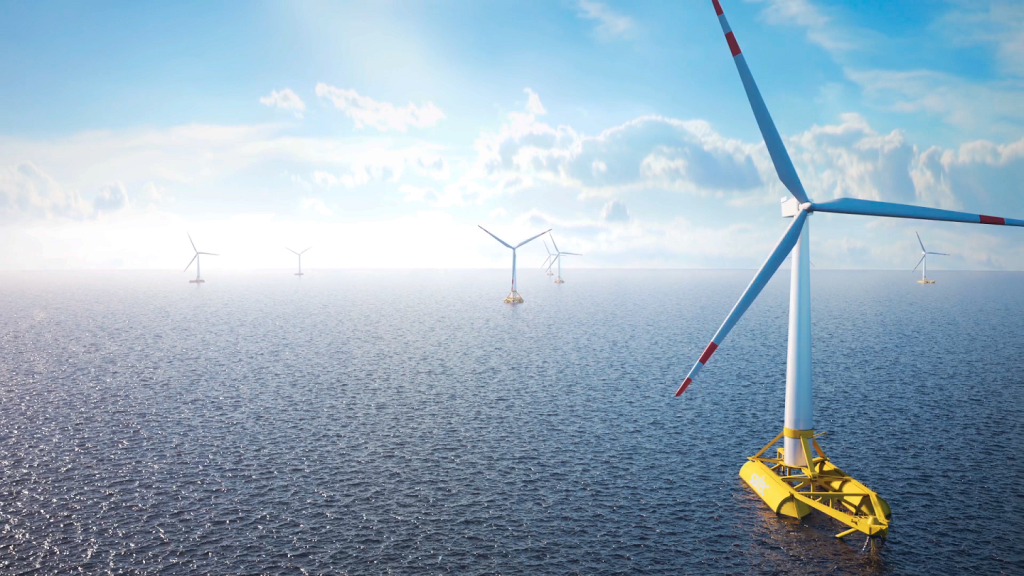The US Department of Defense (DoD) has given its approval to Floventis Energy for the development and operation of CADEMO, the first floating offshore wind farm with 60MW of capacity, to be located off the California coast near the Vandenberg Space Force Base in northern Santa Barbara County.
A series of de-confliction protocols will be created for the wind turbines’ spinning blades, the tips of which are expected to reach heights of 870ft, to operate in the busy airspace.
This is one of the first agreements signed by the US military, setting a precedent for the offshore wind industry to expand across other locations in the coming years.
The DoD and the US Air Force have committed to filing non-objection letters to the Federal Aviation Administration and other federal and state agencies to allow for CADEMO’s permissions process.
Environmental reviews are still under way and will form part of the final permit decision by the California State Lands Commission and other state and federal agencies.
Floventis Energy director and CADEMO owner and developer Mikael Jakobsson stated: “This agreement is a big step, both for our project and for the California offshore wind industry.
“The military has many complex operational needs here, and that is why it took two years of negotiations to hammer out this deal. It helps create a testing and verification process to ensure that offshore renewable energy can co-exist with national security.”
The CADEMO project demonstrates new practices in the environment and supply chain development while co-existing with a military base. The project will also help generate knowledge and public acceptance of the successful growth of the sector.
The floating wind farm project will be located 2.8 miles (4.5km) off Point Arguello. It will feature four 15MW floating turbines and is expected to begin operations in late 2027.
This location is unique on the coastline of California because of its wind conditions. It is also not close to any housing areas and will therefore have a reduced visual impact.
The location does not overlap with any sanctuary or natural-resource-protected area. Being close to a military-industrial space launch complex, the area has very limited access to civilians.
Due to its proximity to the shore, scientists and researchers can have easy access to environmental testing, equipment and mitigation measures. The location is also close to electrical grid connections.









